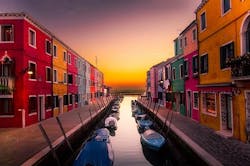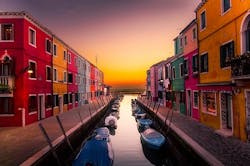New atlas for European cities gives 360° view of water management
BRUSSELS, Belgium - The European Commission (EC) has published the Urban Water Atlas for Europe, the first of its kind to address what factors are affecting the sustainability of water in cities across the continent.
The new atlas illustrates the role of water in European cities and provides good practices on using water more efficiently. It also attempts to change traditional perceptions of water being a free and infinite resource, and to encourage conservation.
Detailed factsheets in the Urban Water Atlas for Europe present the state of water management in more than 40 European cities and regions together with a number of overseas examples.
The publication is one of the results of the BlueSCities project, funded by the Horizon2020, the EU research and innovation programme.
The Atlas comes with two online tools that can help cities manage water more sustainably. The 'City Blueprint' is an interactive tool to support strategic decision-making by making it easy to access and understand relevant results and expert knowledge.
The tool can present up to 25 different aspects of water management to give an overview of a city's strong and weak points, and provides tailor-made options for making urban water services more sustainable.
The atlas also presents cities' 'Urban Water Footprint', a measure of domestic water use as well as water use embodied in agricultural products consumed.
Tibor Navracsics, commissioner for education, culture, youth and sport, responsible for the European Commission's in-house science service, Joint Research Centre (JRC), said: “Water scarcity affects more than 10 percent of Europe's population. To foster innovative water management and its public acceptance, scientific and technological knowledge must be accessible for all. The Urban Water Atlas for Europe presents scientific and technical information in an intuitive and creative way, making it easy for everyone to understand what is at stake and act accordingly.”
- To download a free copy of the Urban Water Atlas for Europe, click here
###
Read more

